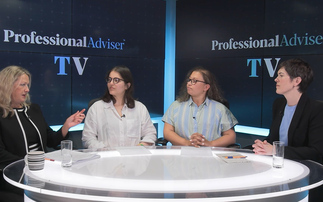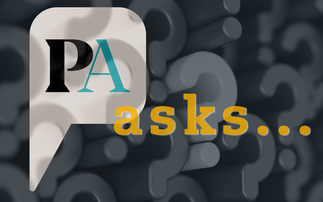The gap between the UK's richest and poorest households has reduced in recent years but lower income families are still more likely to pay a higher proportion of indirect tax, according to figures published by the Office of National Statistics.
In analysis entitled Taxes and benefits: the effect of household income – which is due to be included in the May edition of Economic Trends data - the ONS suggests the top 20% of the UK households pay 25% of their gross income in direct taxes, while the bottom fifth of households pay around 10%. The gap in disposable income, which tends to be used to measure income inequality, between the highest and lowest income households has fallen since 2002, suggests the ONS, and has moved some way towards reversing the climb in inequality of the late 1990s. Findings indicate the top fifth of househ...
To continue reading this article...
Join Professional Adviser for free
- Unlimited access to real-time news, industry insights and market intelligence
- Stay ahead of the curve with spotlights on emerging trends and technologies
- Receive breaking news stories straight to your inbox in the daily newsletters
- Make smart business decisions with the latest developments in regulation, investing retirement and protection
- Members-only access to the editor’s weekly Friday commentary
- Be the first to hear about our events and awards programmes







